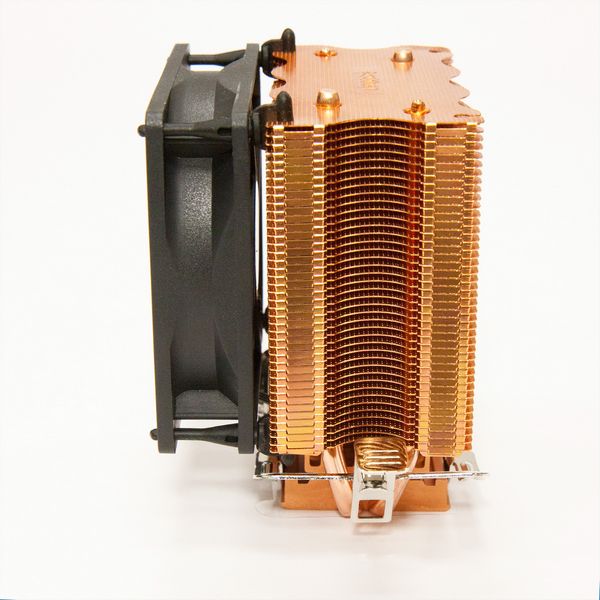I would imagine that painting should never be done as it adds an insulating layer. Anodizing is ok. Anodizing and painting are not the same thing.
Anodizing is an electrolytic passivation process used to increase the thickness of the natural oxide layer on the surface of metal parts. It's typically done for aesthetic reasons and to increase resistance to corrosion and wear.
Source:
https://en.wikipedia.org/wiki/Anodizing
Again, I, not sure I would paint it. That's not the same as anodizing.
Anodized aluminum does radiate heat better. With 1.0 being perfect (black body) emissivity anodized aluminum is 0.85 and unfinished is 0.05.
In natural convection on small heat sinks with open fins, and a high benefit from anodization by up to 45%.
Relatively large extrusions and those used at low temperature rise, as in many high power applications, will only gain up to 10% by the addition of an anodized surface.
Source:
http://www.aavid.com/product-group/extrusions-na/anodize
More info:
http://www.qats.com/cms/2010/11/09/...ion-improves-thermal-performance-part-1-of-2/
I think so. Though in practice I don't think it's a huge difference for what we're using them for here.
That I'm not sure of, though I haven't searched around to find any studies on it (I'm sure they exist).
Definitely the question of the day. It would depend on many factors including fin distribution, thickness of the paint, type of paint, etc. It could very well be that a very thin layer could help while a thicker layer may hinder.
More comments welcome as RufusBrewer mentioned...
Kal























































![Craft A Brew - Safale S-04 Dry Yeast - Fermentis - English Ale Dry Yeast - For English and American Ales and Hard Apple Ciders - Ingredients for Home Brewing - Beer Making Supplies - [1 Pack]](https://m.media-amazon.com/images/I/41fVGNh6JfL._SL500_.jpg)



